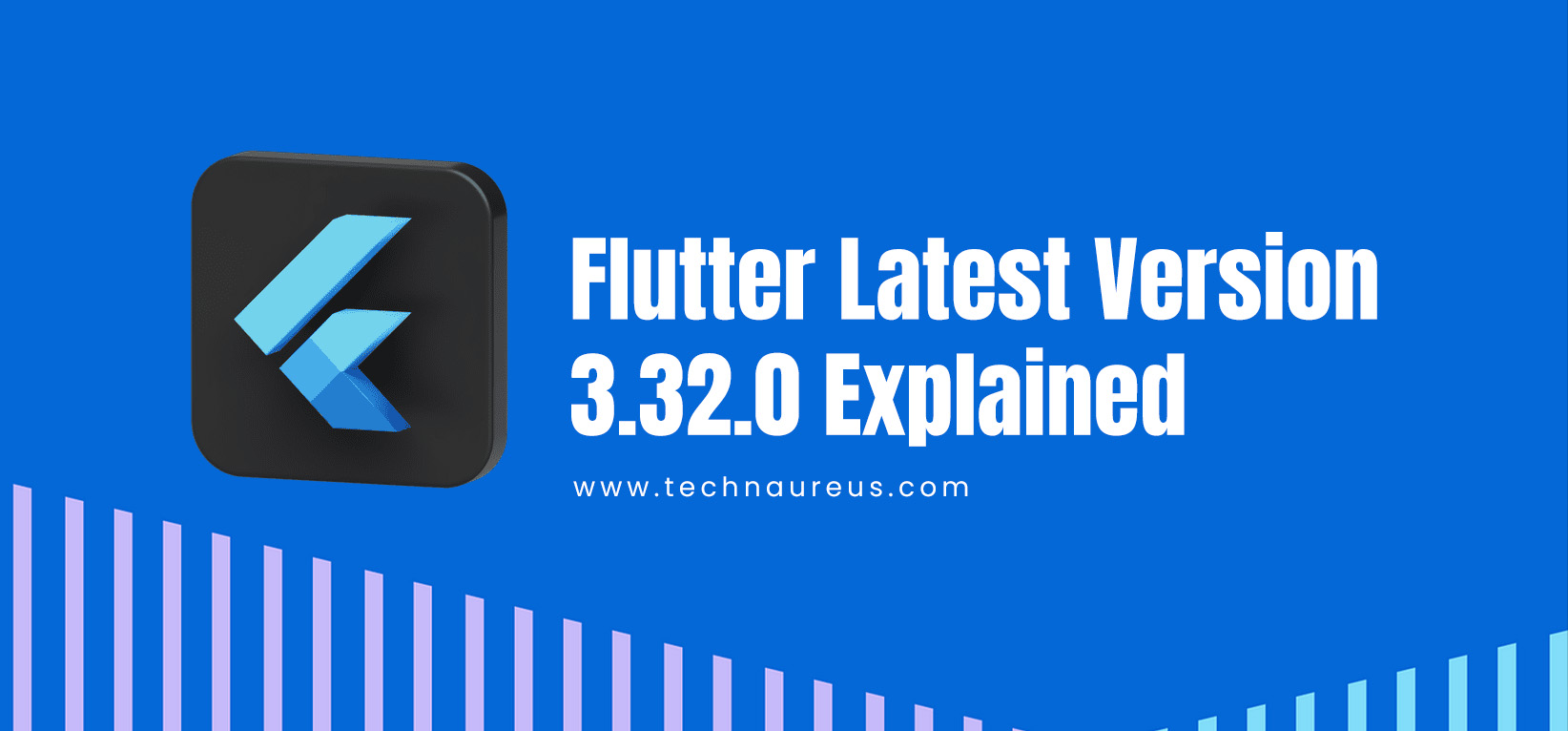Mohammad AfsahJune 2, 2025
Flutter has consistently evolved as a top cross-platform development framework, backed by Google and loved by developers worldwide. With each update, it gets more powerful, flexible, and efficient.
The Flutter latest version, 3.32.0, is a significant release packed with improvements aimed at boosting performance, refining UI capabilities, and simplifying developer workflows. If you're wondering whether to upgrade or want a breakdown of what's new, this guide has you covered.
Flutter is an open-source UI toolkit that allows developers to build natively compiled apps for mobile, web, desktop, and embedded platforms from a single codebase.
Keeping up with the Flutter latest version ensures you benefit from the latest performance boosts, security fixes, and feature enhancements. Flutter 3.32.0 is no exception — it’s a well-rounded update that improves both the core framework and the overall developer experience.
Released in May 2025, Flutter 3.32.0 continues Flutter’s mission to improve development across platforms. This release introduces enhanced theme management, deprecated legacy APIs, and performance-focused updates, especially around the rendering engine.
Flutter 3.32.0 also shifts plugin handling and localization behavior, setting the groundwork for more maintainable and scalable apps.
One of the highlights of Flutter 3.32.0 is enhanced performance via the Impeller rendering engine. This change significantly boosts rendering speed on both iOS and Android, offering smoother animations and lower latency.
Developers now have finer control over Material theme data, including the ability to override indicator colors directly via TabBarThemeData.indicatorColor . This helps maintain UI consistency without redundant customization.
Several older APIs have been deprecated in this release:
These changes reflect Flutter’s long-term effort to reduce technical debt and streamline UI components.
Plugins now use .flutter-plugins-dependencies instead of .flutter-plugins , providing more transparent dependency management. Additionally, the new localization behavior removes the need for synthetic packages, reducing build complexity.
Flutter 3.32.0 introduces better platform channel integration and fixes various device-specific bugs. Developers can expect more stable behavior with device hardware and native views.
Improvements in layout rendering and mouse input handling make web and desktop applications more responsive and accurate, especially on larger screens and high-refresh-rate monitors.
Upgrading is straightforward, but developers should:
Ans: The latest version is Flutter 3.32.0, released in May 2025.
Ans: Yes, Flutter 3.32.0 is part of the stable channel, recommended for production apps.
Ans: Run flutter upgrade in your terminal, followed by flutter pub upgrade in your project directory.
Ans: Yes, some APIs have been deprecated. Check the migration guide for updates on ThemeData , ExpansionTileController , and plugin config changes.
Ans: Key updates include performance enhancements via the Impeller engine and improved platform view stability for Android and iOS.
Flutter 3.32.0 reinforces Google’s commitment to cross-platform development by refining both UI components and under-the-hood performance. For anyone working with Flutter, upgrading to the latest version is a no-brainer — it delivers smoother performance, cleaner code architecture, and better tooling support.
Whether you’re building a new app or maintaining an existing one, embracing the Flutter latest version (3.32.0) ensures you stay ahead of the curve.

0